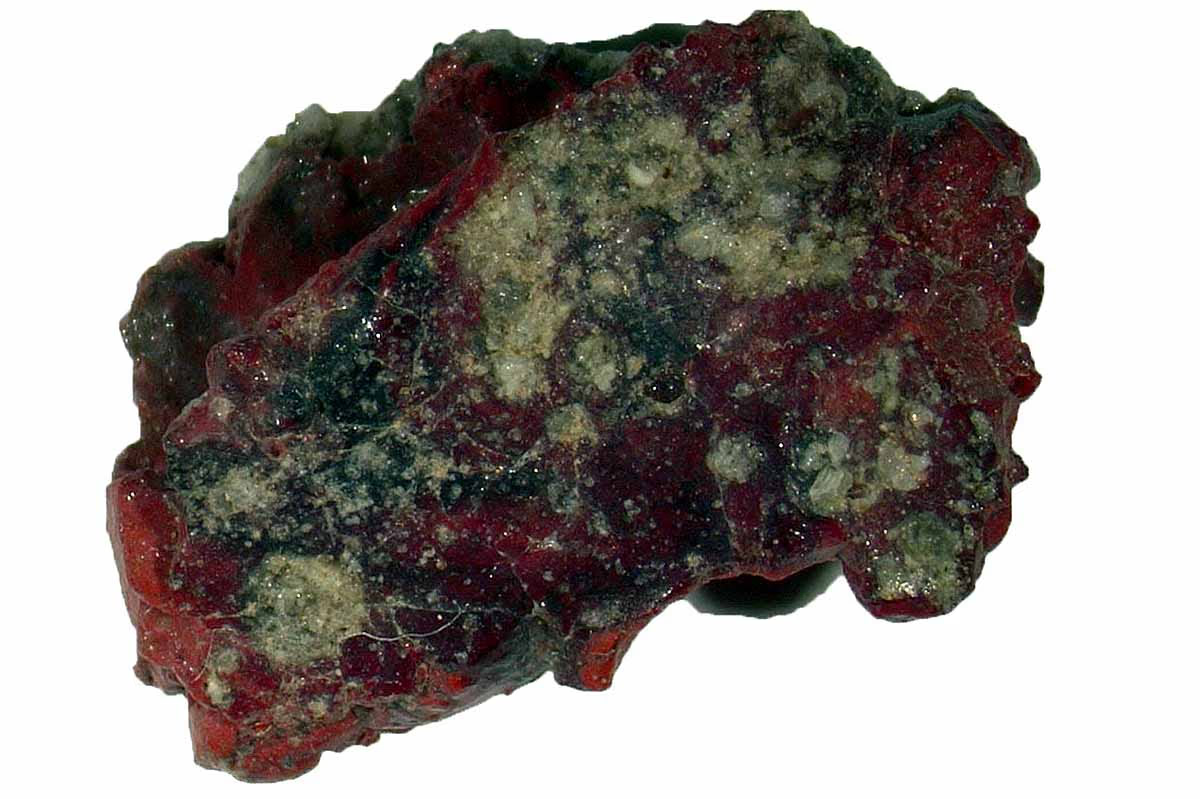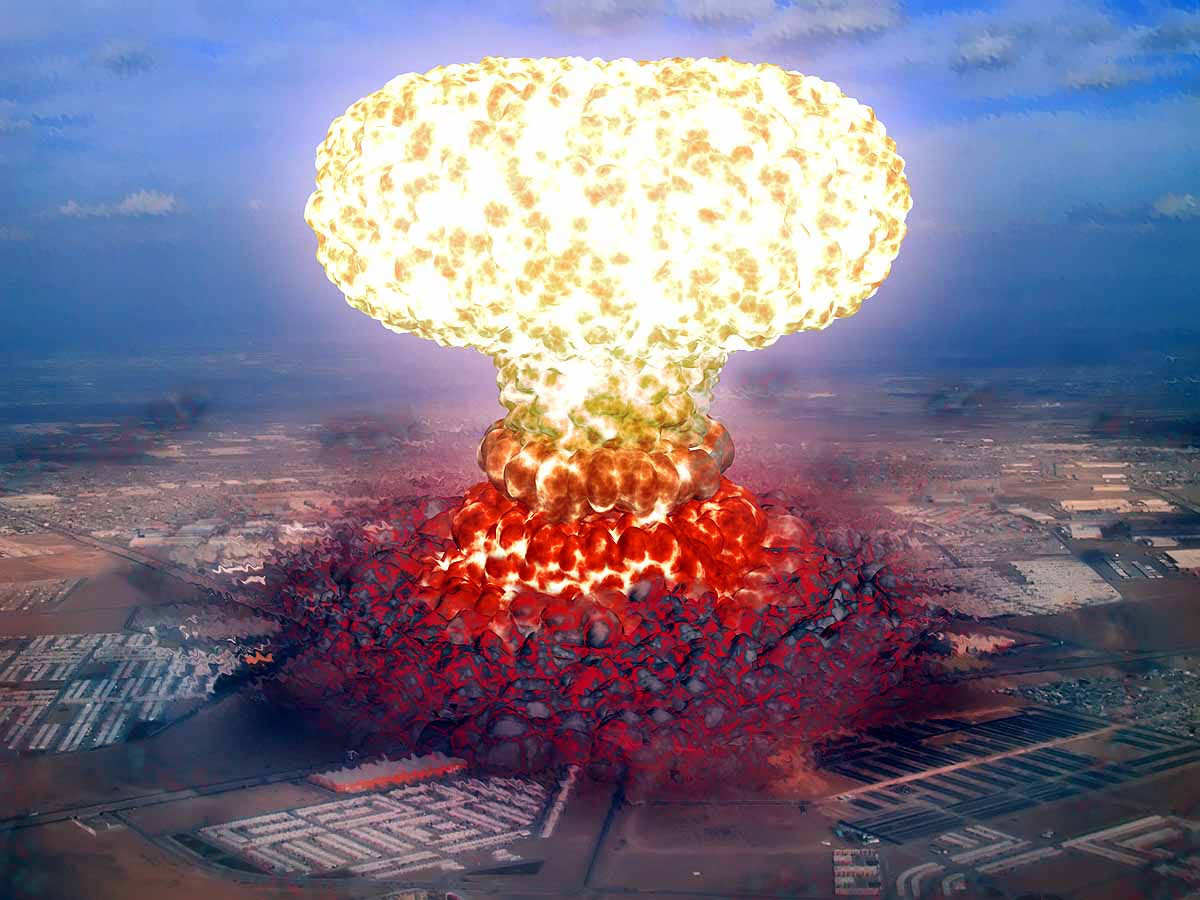Exactly 80 years ago, on July 16, 1945, the New Mexico desert in the United States became the site of a historic moment that altered the course of history. The U.S. military conducted the test of the first atomic bomb, known as Gadget, under the Trinity Test. This detonation forever transformed the methods of warfare.
This explosion released energy equivalent to 21 kilotons of TNT, vaporizing the 30-meter tower and melting nearby wires and sand. This molten mixture gave birth to a new rock called Trinitite. However, the real surprise emerged decades later when scientists discovered a rare material in this Trinitite known as quasicrystals.
Read Also: Earthquakes persist for a week in Jhajjar-Rohtak near Delhi, any major danger anticipated? What are scientists saying
Trinity Test: A New Dawn
The Trinity Test marked the first successful test of a nuclear bomb by humanity. This explosion melted the desert sand, tower, and copper wires into green glass called Trinitite. The explosion was so powerful that everything around disappeared, leaving a deep crater. However, this destruction also concealed a mystery that emerged later.
Quasicrystals: What is This Unique Material?

Source: aajtak
Ordinary crystals, such as salt or diamond, arrange their atoms in a repeating pattern. But quasicrystals are different. Their atoms do not repeat but are instead arranged in a special way, once deemed impossible. When discovered in 1984, it astonished scientists. These materials were later found in laboratories and meteorites, where immense pressure and heat exist.
Terry Wallace, a geophysicist at Los Alamos National Laboratory, noted in 2021 that quasicrystals form under extremely challenging conditions, like intense shock, heat, and pressure, which are uncommon on Earth except in nuclear explosions.
Explore More: Precision, Range, Speed... What sets apart Akash and Akash-Prime Air Defense Systems?
Discovering in Trinitite: A Moment of Wonder
Scientists speculated there might be something special in Trinitite. Led by geologist Luca Bindi from the University of Florence, Italy, a team began studying red Trinitite instead of green. Red Trinitite contained remnants of copper wires melted during the explosion.
Using techniques like scanning electron microscopy and X-ray diffraction, they examined six tiny samples. Eventually, one sample revealed a small, 20-sided grain composed of silicon, copper, calcium, and iron. Its five-fold symmetry was starkly different from common crystals. This quasicrystal represents the oldest man-made material, created during the Trinity Test.

Source: aajtak
Wallace remarked on the complex nature of this quasicrystal, though its exact formation process remains unclear. Eventually, a scientist will unveil its secrets, expanding our understanding of the science behind it.
What is the Benefit of This Discovery?
This discovery is not just fascinating but also valuable. Quasicrystals do not degrade over time, while other nuclear explosion remnants, like radioactive gases, vanish. This allows scientists to study old nuclear tests.
Wallace suggested that to comprehend another nation's nuclear weapons, a detailed account of their tests is essential. Quasicrystals could provide new insights, aiding surveillance of unlawful nuclear weapon use.
Are There More Quasicrystals in Nature?
Scientists theorize quasicrystals could exist in places like sand melted by lightning (fulgurite) and meteor impact sites. This discovery suggests that such rare materials may also form through natural processes.




